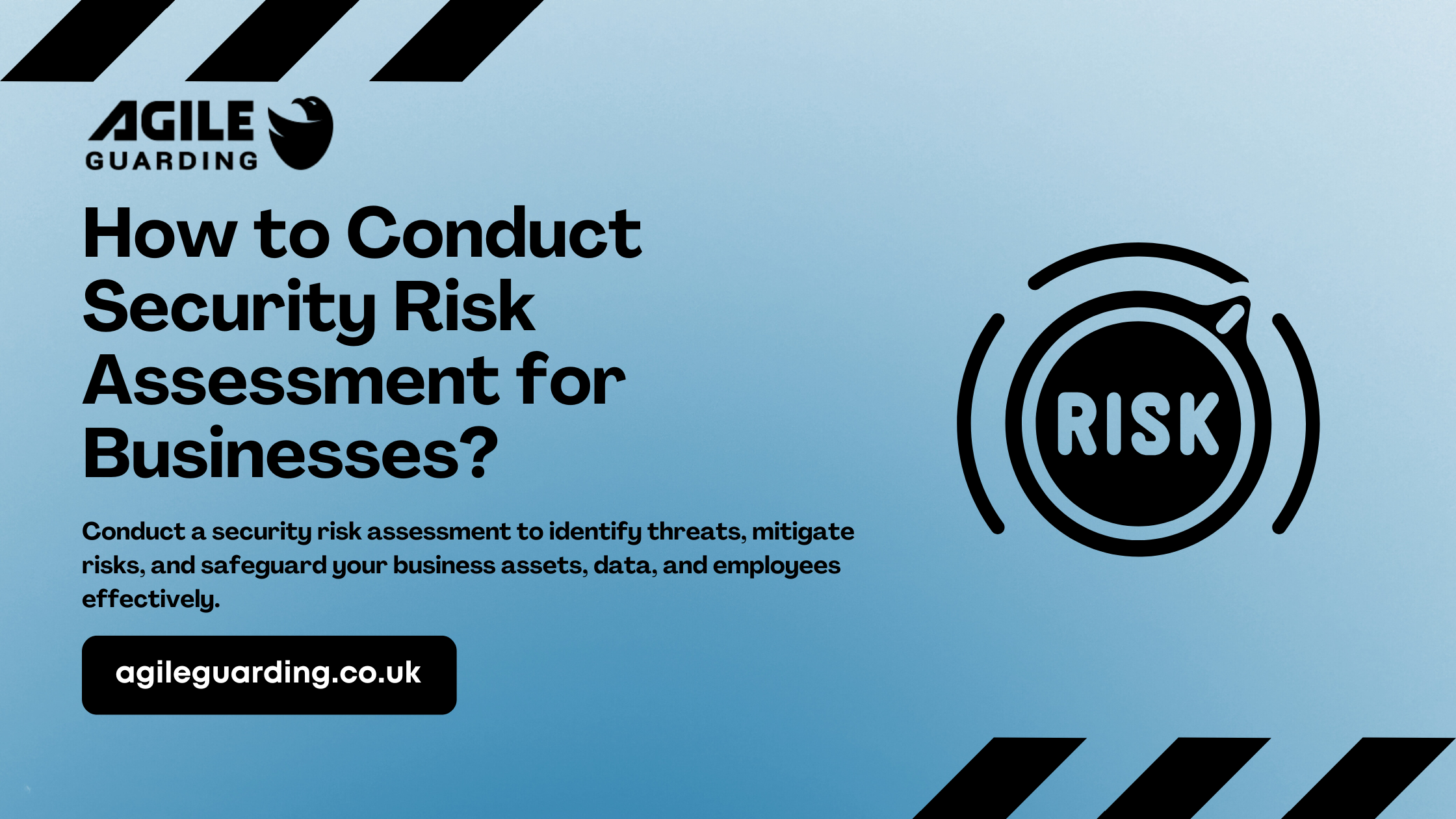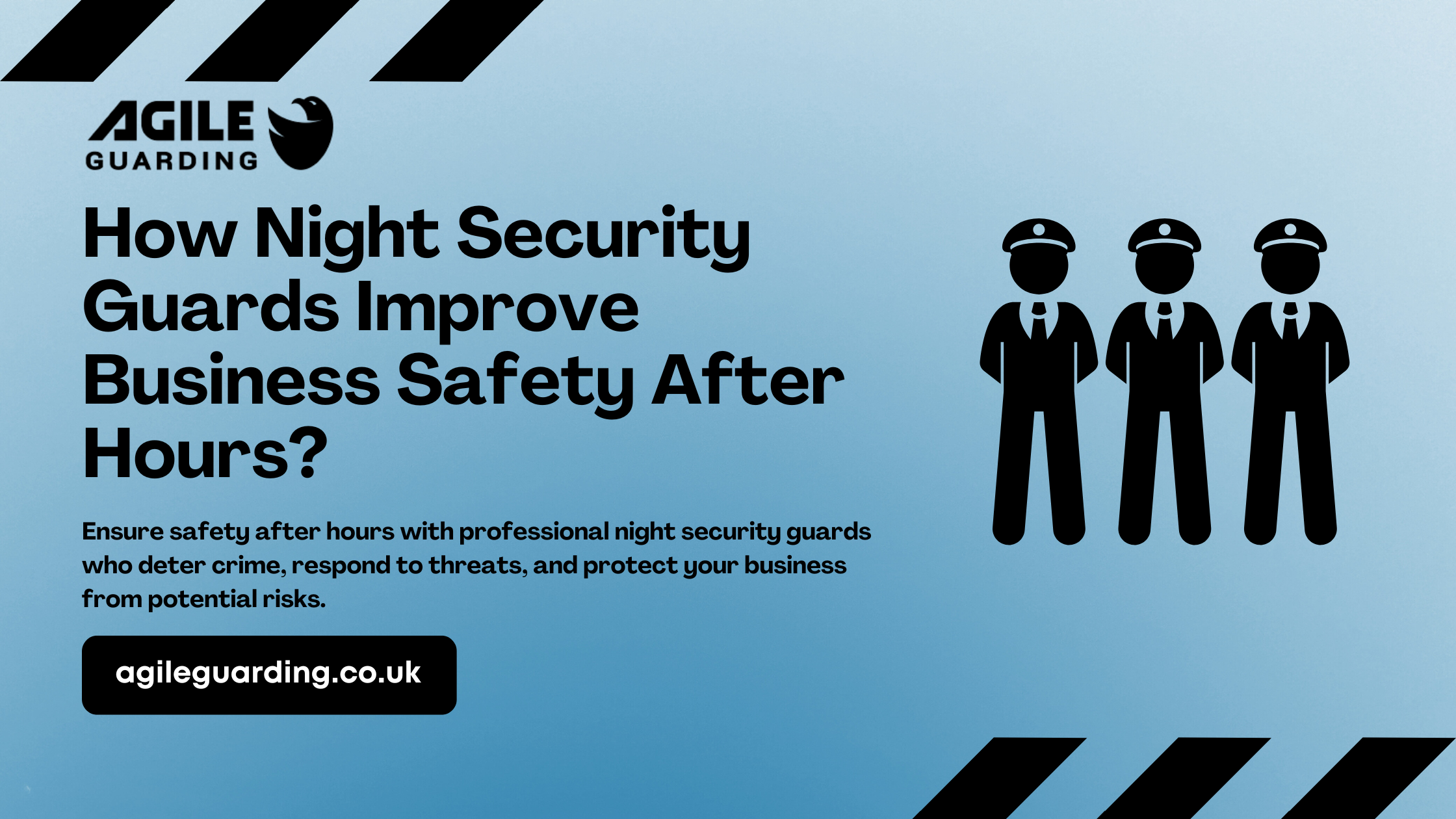The Benefits of Combining Physical and Cybersecurity Measures Apart from the countless benefits of the digital world of today, the complex nature …
What are the Types and uses of Access Control Systems?
Access control systems have become a necessity for securing your premises in today’s age. It has strategically allowed companies to keep track of control who can enter and exit their property, access certain regions, or use specified resources. With escalating concerns about security, data protection and workplace safety, access control systems are growing increasingly more complex. Nowadays they come with a wide range of features to cater to all kinds of demands of the security industry.
Understanding Access Control Systems
Access control systems refer to security systems that are specifically devised with the intention to limit and control access to certain areas and resources within a facility. These systems might be physical (limiting admission to buildings or rooms) or digital (restricting access to computer networks or data). Implementation of the right kind of access control systems can secure sensitive areas, maintain privacy and ensure that only authorized individuals have access. Thus, minimizing risks and threats associated with security breaches.
Types of Access Control Systems
Access control systems come with a range of configurations and each of them can be tailored to a distinct security requirement. We have listed down the few common ones:
I. Discretionary Access Control (DAC)
It is the most widely used kind of access control system because of its adaptability and flexibility. It enables the owner or administrator of a system to regulate who has access to specified resources or areas. DAC is frequently used in office settings where employees have variable degrees of access to certain files, rooms, or systems. Though it may be easy to set up and alter permissions, these permissions can be easily modified or misconfigured making it less secure.
Also Read: 10 Reasons to have canine security dogs
II.Mandatory Access Control (MAC)
MAC is a more rigorous access control system in which a central authority regulates access permissions based on different security levels. Users cannot modify their permissions, and access dependent on security clearance. MAC has become common in government and military contexts where strong access controls are required. Users cannot change their access rights which ensures a high level of security. But in contrast to DAC it is less adaptive and much more complex to manage.
III. Role-Based Access Control (RBAC)
RBAC grants access based on the individual’s specific role designated within the company. Each position has specified permissions that control access to resources and places. It is widely used in the corporate sector where employees are granted access based on their assigned tasks. This improves access control by categorizing permissions by role, making them easier to administer and audit. However, it might be challenging if responsibilities are not clearly defined or there are numerous tasks to oversee.
IV. Rule-Based Access Control
This access control system might appear to be similar to RBAC but the difference lies in the fact that it operates according to a set of rules provided by the system administrator and these rules can be time based or conditional. It is commonly applied to environments where access must be dynamically altered based on conditions or time. Even though it requires careful configuration and continuous maintenance it has the advantage of being customizable and enables the implementation of unique security regulations.
Also Read: CCTV Towers: Key Features, Uses, & Benefits
V. Biometric Access Control
Biometric Access Control employs an individual’s unique physical traits to authenticate identify and provide access. Fingerprints, iris patterns, and face recognition are all possible options. Since biometric data is unique to each individual, it gives a high level of precision in determining identification and this is why it is becoming increasingly popular. Another reason for its popularity is the ease of integration with other access control systems. However, Biometric Access Control systems are relatively more costly and need extensive installation and maintenance compared to other types of access control systems.
VI. Smart Card and Key Fob Systems
These systems give access when smart cards or key fobs containing electronic data are swiped or scanned at a reader. They are useful in a variety of environments from hotels to corporate buildings and educational institutes. They may be easy to use and manage but that also makes them more vulnerable to theft. Nevertheless, in case of being stolen or misplaced they can be quickly deactivated.
VII. Proximity Readers and Mobile Access
Proximity readers employ radio-frequency identification technology to provide access when a user’s card or device is within a specific range whereas mobile access employs cellphones as a credential, allowing users to enter via Bluetooth or NFC. They are commonly used in workplaces and residential complexes where accessibility and convenience are prioritized. It provides access without contact but the technology it relies on can be easily disrupted or hacked.
Uses of Access Control Systems
Access control systems have countless benefits in various settings that aid in a more secure environment safeguarding assets. A few advantages are listed below:
- Enhancing Security: Access control systems ensure that access to important or vulnerable areas is restricted by implementing strict measures which adds another layer of security. By providing a log of entries and exits on a daily basis it allows continuous monitoring which is helpful in identifying potential threats.
- Improving operational efficiency: It significantly reduces the administrative burden by assigning and update access rights as employees change roles with minimum effort. This also helps in considerably lowering operational costs.
- Ensuring compliance: Access control systems assure compliance in areas with stringent regulatory requirements by limiting access to sensitive data and keeping precise records of access events. This also safeguards privacy and prevents legal concerns.
- Prioritizing user convenience: The seamless integration of access control systems with other security measures provides a trouble-free experience for its users. Mobile access systems along with cloud-based systems offer unmatched flexibility in managing multiple site operations at once.
Contact Agile Guarding Services For Affordable Access Control Systems
Choosing the right access control system is extremely important for securing your assets. This monumental task depends on a few crucial elements. The primary consideration should always be assessing your security needs by identifying what needs to be protected and deciding the level of level of security required.
The next step is to consider scalability as you need an access control system that can grow besides your business. Then, evaluate integration options with existing security infrastructure. Lastly, keep in mind the initial cost while making room for continuous maintenance and potential upgrades.
If you need such systems for your security, then feel free to contact Agile Guarding Services Limited.
Read our blogs
How to Conduct Security Risk Assessment for Businesses? The technologically advanced and fast-paced world of today is faced with multiple security challenges …
Understanding the Role of Keyholding Services in Business Security Businesses of all scales must prioritize security in today’s dynamic and ever evolving …
How Night Security Guards Improve Business Safety After Hours? Running a business entails more than simply managing day-to-day operations. When the doors …





